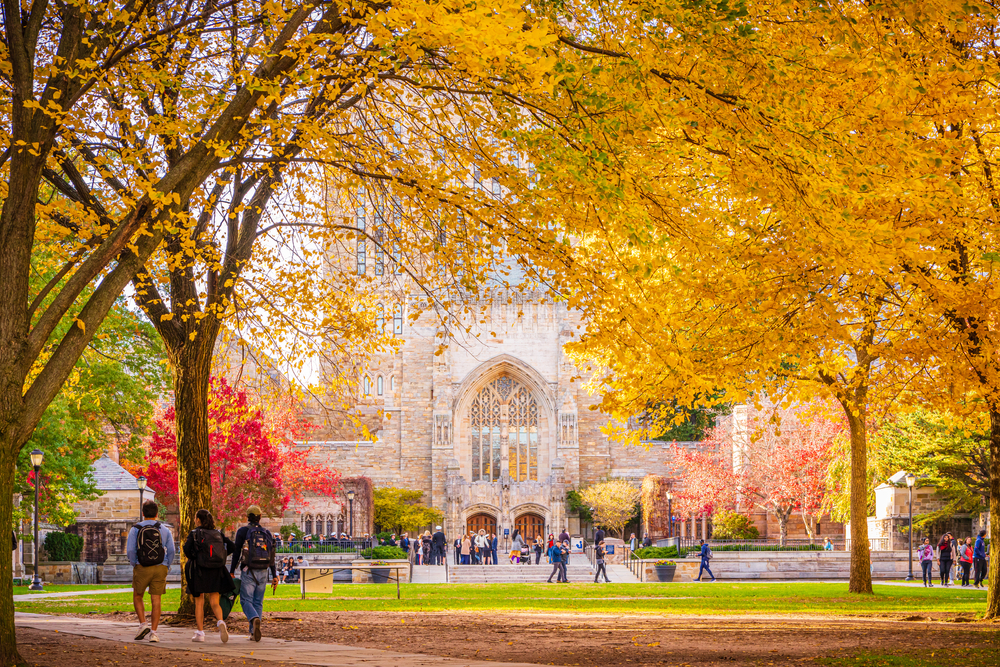

Summary
- The Biden administration has unveiled debt forgiveness plans representing about 2.5% of GDP over 10 years.
- The forgiveness could raise consumption by 0.5-0.75pp of GDP in 2023 and worsen already exceptional resource pressures.
- Longer run, the forgiveness will likely see high tuition inflation resume and household debt rise.
Market Implications
- Biden’s approval ratings will likely rise before the midterms, but economic impact means the US will require more restrictive monetary policy to lower inflation.
This article is only available to Macro Hive subscribers. Sign-up to receive world-class macro analysis with a daily curated newsletter, podcast, original content from award-winning researchers, cross market strategy, equity insights, trade ideas, crypto flow frameworks, academic paper summaries, explanation and analysis of market-moving events, community investor chat room, and more.
Summary
- The Biden administration has unveiled debt forgiveness plans representing about 2.5% of GDP over 10 years.
- The forgiveness could raise consumption by 0.5-0.75pp of GDP in 2023 and worsen already exceptional resource pressures.
- Longer run, the forgiveness will likely see high tuition inflation resume and household debt rise.
Market Implications
- Biden’s approval ratings will likely rise before the midterms, but economic impact means the US will require more restrictive monetary policy to lower inflation.
Sounds Good…But in Reality…
Perhaps predictably, the reaction to Biden’s student loan forgiveness program was as polarised as the US political spectrum. House Representative Ayanna Pressley claimed it is ‘going to change and save lives’ while Republicans cried out that it would lead to wild borrowing and amounts to ‘socialism.’ For Biden, the move will likely raise his approval rating before the midterms, but what will it do to the economy?
The debt forgiveness is expected to cost $600bn over 10 years and represents about 2.5% of GDP. It comprises a debt write-off, an extension of the moratorium scheduled to end this month to December, and a lowering of the cap on income-based repayment programs to 5% of disposable income from previously 10%.
From a household perspective, the loan write-off represents a third of student debt, 11% of non-housing debt and 3% of total debt.
Easing Already Low Debt
Currently, the household debt service ratio is the lowest since records began (Chart 2). Households currently service debts equal to about 9.5% of their disposable income. This reflects a combination of low interest rates and debt forbearance. We estimate the debt forgiveness will cut that figure by about 0.5-0.75pp, with forbearance and forgiveness slowing the normalization of the ratio.

Debt Forgiveness to Worsen Resource Pressures in 2023
We can think of the debt forgiveness measures as an increase in government transfers, i.e., in disposable income. With the savings rate at a historical low of 5%, most of the increase in disposable income will likely be spent. That is, 2023 consumption could be 0.5-0.75pp higher relative to baseline.
In March 2021, households’ net worth represented $142tn, and the forgiveness represents about 0.4% of that. Wealth effects on household consumption and investment are therefore likely to be negligible, especially as, since the GFC, savings rates have become unresponsive to wealth.
The US is already experiencing record resource pressures. This is shown by the largest external deficit since the mid-2000s and the highest inflation rate since the 1970s. In this context, student loan forgiveness will worsen inflationary pressures.
Loan Forgiveness Could Increase Tuition Costs
Since 1960, the cost of college tuition has increased by five times general inflation (Chart 2). Starting in the mid-2010s, however, college tuition inflation slowed as unfavourable demographics and student reassessment of the cost and benefits of higher education lowered demand for it.
Costs further declined during the pandemic partly because more widespread distance learning caused students to reassess the value of a residential college education.

Student loan forgiveness is, however, likely to see high tuition inflation return with a vengeance. Loan forgiveness fails to address the perverse incentives that led to the current crisis (colleges charging too much for degrees worth too little). Therefore, it is creating a moral hazard both for students and colleges. In expectations of future bailouts, students will likely be less careful about entering debt. Colleges will therefore be able to raise fees.
Swapping One Debt for Another
Furthermore, the loan forgiveness is funded by a larger budget deficit, not additional budget revenues or expenditure cuts. That means the decrease in household debt will come with increased government debt, leaving overall indebtedness unchanged.
During the pandemic, student debt fell relative to GDP due to government-funded moratoria. Once the moratoria end in December, the increase in student debt relative to GDP will likely resume.

Market Consequences
Loan forgiveness effectively works as an increase in government transfers. Such an increase, as discussed above, will compound the already exceptional resource pressures on the US economy. A tighter monetary policy will consequently be necessary to stabilize the economy.
Dominique Dwor-Frecaut is a macro strategist based in Southern California. She has worked on EM and DMs at hedge funds, on the sell side, the NY Fed , the IMF and the World Bank. She publishes the blog Macro Sis that discusses the drivers of macro returns.
(The commentary contained in the above article does not constitute an offer or a solicitation, or a recommendation to implement or liquidate an investment or to carry out any other transaction. It should not be used as a basis for any investment decision or other decision. Any investment decision should be based on appropriate professional advice specific to your needs.)
